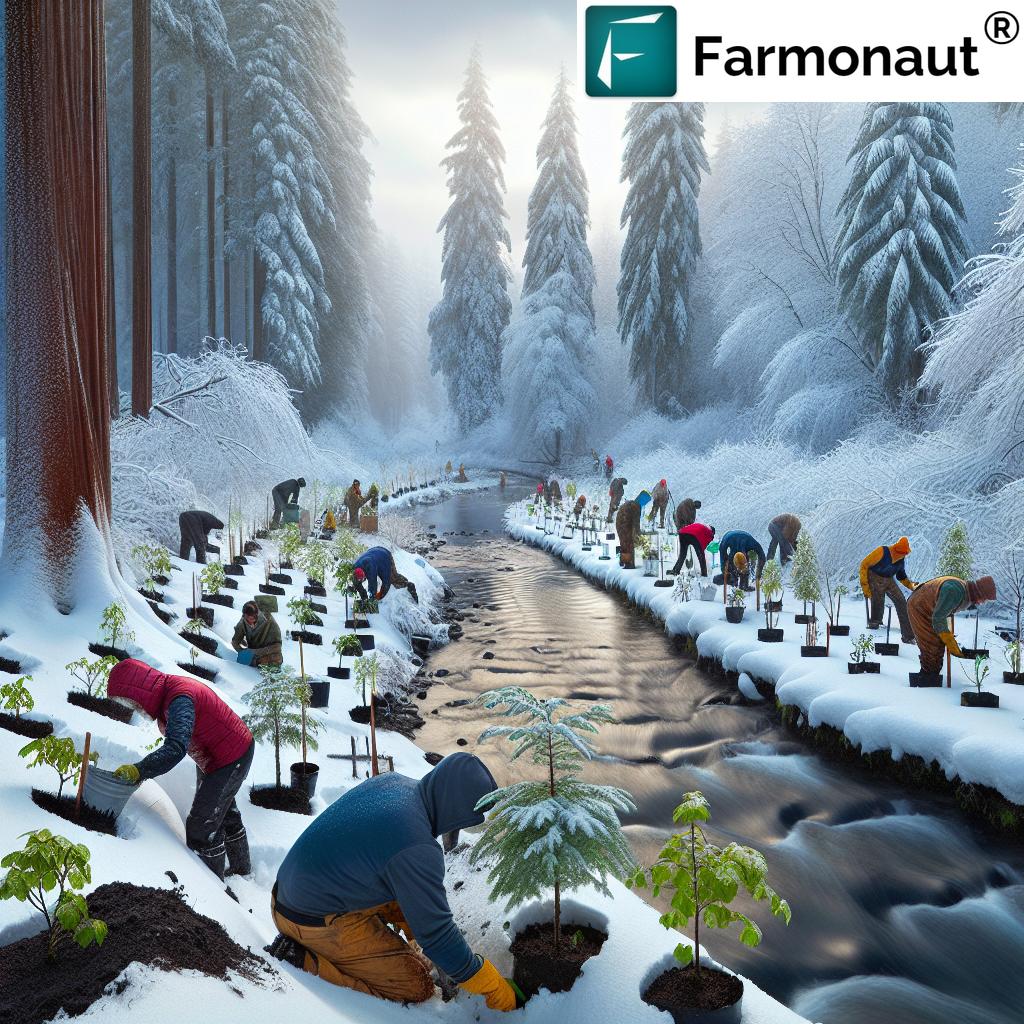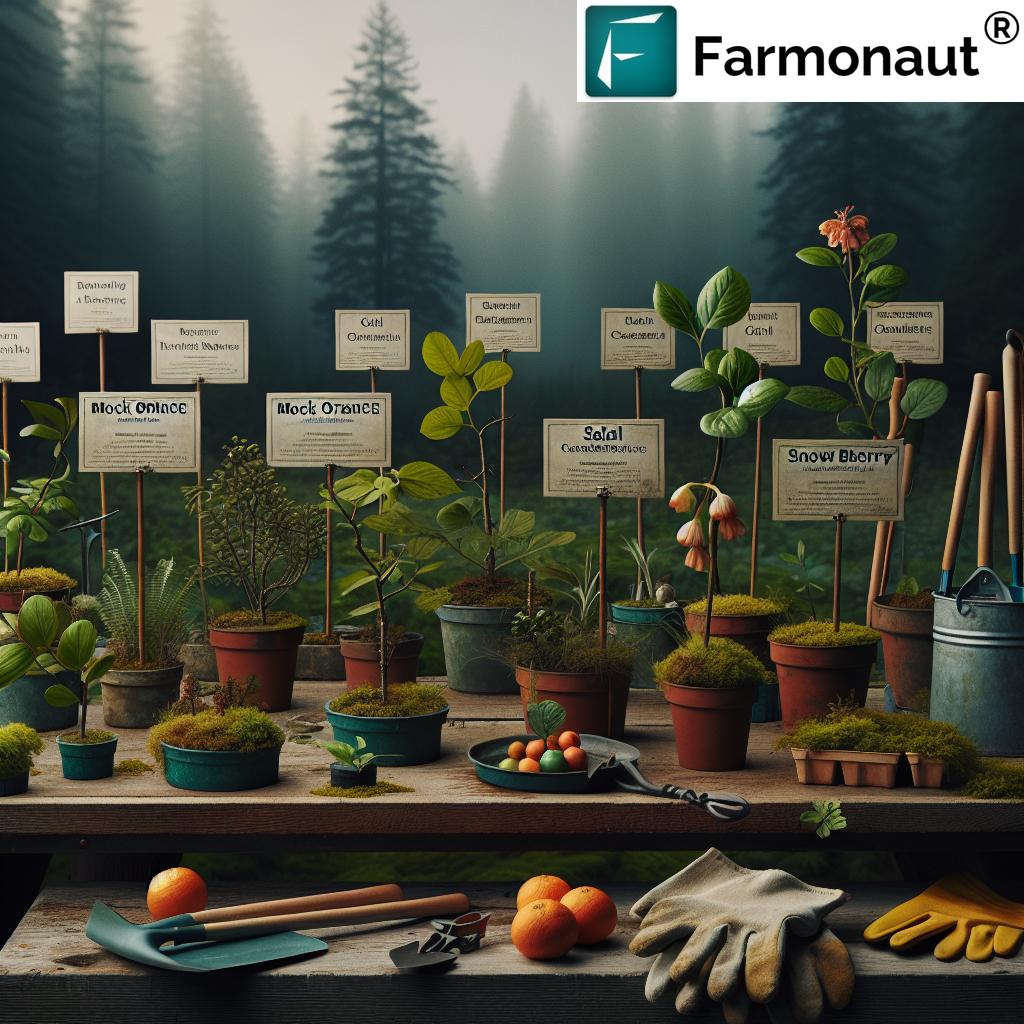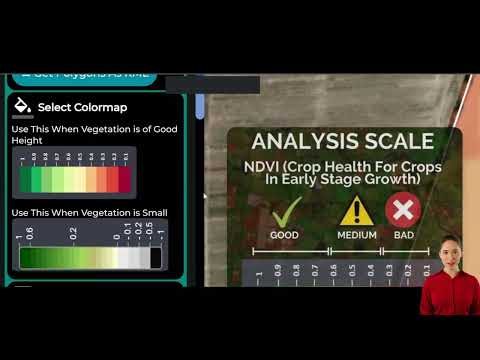Revitalize Snohomish County: Join Winter Native Plant Restoration Event for Sustainable Local Ecosystems

“Native plant restoration events can reduce maintenance costs by up to 70% compared to non-native landscaping.”
Welcome to our comprehensive guide on the upcoming Winter Native Plant Restoration Event in Snohomish County! We’re thrilled to invite you to join us in this essential conservation effort that aims to revitalize our local ecosystems and promote sustainable landscaping practices. As we delve into the details of this exciting event, we’ll explore the numerous benefits of native plants, the techniques involved in winter planting, and the crucial role these efforts play in preserving our natural heritage.
The Importance of Native Plant Restoration
Native plant restoration is a cornerstone of ecological conservation. By reintroducing and nurturing plants that are indigenous to Snohomish County, we’re not just beautifying our surroundings – we’re actively contributing to the health and resilience of our local ecosystems. These plants have evolved over thousands of years to thrive in our specific climate and soil conditions, making them uniquely suited to support local wildlife and maintain the delicate balance of our natural environments.
- Enhanced biodiversity
- Improved soil health
- Natural erosion control
- Support for pollinators and wildlife
- Reduced water consumption
As we face increasing environmental challenges, events like our Winter Native Plant Restoration initiative become crucial in our efforts to preserve and protect our natural heritage. By participating, you’re not just planting trees and shrubs – you’re investing in the future of Snohomish County’s ecosystems.
Event Details: What You Need to Know
Mark your calendars for Saturday, March 1st, from 11 a.m. to 1 p.m., as we gather at Picnic Point Beach for this impactful event. The Olympic Fly Fishers of Edmonds (OFF) and the Snohomish County Healthy Forest Project are spearheading this initiative, welcoming volunteers of all ages and abilities to join in the restoration efforts.
What We’ll Be Doing:
- Planting native species such as tall Oregon grape, black twinberry, and mock orange
- Implementing streambank stabilization techniques
- Improving wildlife habitats
- Spreading bark to retain moisture and prevent weed growth
- Learning about sustainable landscaping practices
Don’t worry about bringing your own equipment – we’ve got you covered! Tools, gloves, and all necessary materials will be provided on-site. However, we do recommend you come prepared for the weather and the work ahead.
Preparing for the Event: What to Bring
To ensure a comfortable and productive experience, here’s what we suggest you bring:
- Layered clothing suitable for cold and wet weather
- Long sleeves and pants
- Sturdy, closed-toe shoes
- Rain gear (if rain is forecasted)
- Water bottle and snacks
- A positive attitude and eagerness to learn!
Remember, winter planting in Snohomish County can be chilly, so dress warmly and be prepared for potentially muddy conditions. Your comfort will ensure you can fully engage in and enjoy the restoration process.
The Stars of Our Show: Native Plants
At the heart of our restoration event are the native plants we’ll be introducing to the landscape. These species play a vital role in maintaining healthy forests and waterways, and each has its unique benefits for our local ecosystem.
“Winter-planted native species like Oregon grape can improve streambank stability by 40% within the first year.”
Let’s take a closer look at some of the key players:
- Tall Oregon Grape (Mahonia aquifolium): This evergreen shrub offers year-round beauty and provides essential food for wildlife. Its bright yellow flowers attract pollinators in spring, while its blue berries feed birds and small mammals in late summer and fall.
- Black Twinberry (Lonicera involucrata): A deciduous shrub that thrives in moist areas, black twinberry is excellent for streambank stabilization. Its trumpet-shaped flowers are a favorite of hummingbirds, and its berries provide food for various bird species.
- Mock Orange (Philadelphus lewisii): Known for its fragrant white flowers, mock orange is not only beautiful but also drought-tolerant once established. It’s an excellent choice for natural erosion control and provides shelter for small birds and mammals.
These plants, along with others like red-flowering currant, salal, and snowberry, form the backbone of our restoration efforts. By planting a diverse array of native species, we’re creating a resilient ecosystem that can better withstand environmental stresses and support a wide range of wildlife.
The Benefits of Native Plants in Restoration Projects
Understanding the advantages of using native plants in restoration efforts is crucial for appreciating the impact of our work. Let’s compare native plants to non-native alternatives to highlight why they’re the superior choice for sustainable landscaping and ecosystem health.
| Characteristics | Native Plants | Non-Native Plants |
|---|---|---|
| Water Requirements | Low – adapted to local rainfall patterns | Often higher – may require additional irrigation |
| Maintenance Needs | Minimal – naturally adapted to local conditions | Higher – may require special care to thrive |
| Pest Resistance | High – evolved with local pests | Lower – may be susceptible to unfamiliar pests |
| Wildlife Support | Excellent – provides food and habitat for local species | Limited – may not meet the needs of local wildlife |
| Erosion Control | Effective – deep root systems suited to local soils | Variable – may not be as effective in local conditions |
| Adaptability to Local Climate | High – evolved in local conditions | Lower – may struggle with extreme local weather |
| Long-term Sustainability | High – self-sustaining once established | Lower – may require ongoing intervention |
As we can see, native plants offer numerous advantages in restoration projects. Their adaptability to local conditions means they require less water, fewer pesticides, and minimal maintenance once established. This not only reduces the long-term costs of landscape management but also ensures a more sustainable and ecologically sound approach to conservation.
The Role of Winter Planting in Ecosystem Restoration
You might be wondering why we’re holding this event in winter. Contrary to popular belief, winter can be an excellent time for planting, especially in the Pacific Northwest. Here’s why:
- Dormant plants experience less transplant shock
- Winter rains provide natural irrigation, reducing the need for manual watering
- Cool temperatures reduce plant stress
- Roots have time to establish before the growing season begins
Winter planting gives our native species a head start, allowing them to develop strong root systems before the demands of spring growth. This timing is particularly beneficial for streambank stabilization efforts, as the plants will be well-established by the time spring rains and increased water flow arrive.
Streambank Stabilization: A Critical Component
One of the primary goals of our restoration event is to improve streambank stabilization along Picnic Point Beach. This process is crucial for preventing erosion, maintaining water quality, and creating healthy habitats for aquatic and terrestrial species alike.
Native plants play a vital role in this process:
- Deep root systems help hold soil in place
- Above-ground vegetation slows water flow during heavy rains
- Plants filter pollutants from runoff before it enters waterways
- Streamside vegetation provides shade, regulating water temperatures for fish and other aquatic life
By focusing on streambank stabilization, we’re not just protecting the land – we’re safeguarding the entire riparian ecosystem, from the smallest invertebrates to the salmon that are making a comeback in Puget Sound.
Wildlife Habitat Improvement: Supporting Local Fauna
The native plants we’ll be introducing do more than just stabilize soil and look pretty – they provide essential support for local wildlife. From providing food sources to offering shelter, these plants are the foundation of a healthy ecosystem.
For example:
- Oregon grape berries feed various bird species and small mammals
- Twinberry flowers attract hummingbirds and other pollinators
- Dense shrubs like salal offer cover for small animals
- Native plants support a variety of insects, which in turn feed birds and other wildlife
By improving wildlife habitats, we’re contributing to the overall biodiversity of Snohomish County. This increased diversity makes our ecosystems more resilient to environmental changes and ensures that future generations can enjoy the rich natural heritage of our region.
Sustainable Gardening Practices: Lessons to Take Home
While our event focuses on large-scale restoration, the principles we’ll be applying can be easily adapted to your own garden. Participating in this event is an excellent opportunity to gain hands-on experience in sustainable gardening practices that you can implement at home.
Some key takeaways include:
- Choosing plants native to your specific area
- Implementing natural pest control methods
- Conserving water through efficient planting and mulching techniques
- Creating wildlife-friendly spaces in your yard
By applying these practices in your own garden, you can create a beautiful, low-maintenance landscape that supports local ecosystems and saves you time and money in the long run.
Community Involvement: The Power of Collective Action
Events like our Winter Native Plant Restoration initiative demonstrate the incredible impact that community involvement can have on our local environment. By coming together, we can achieve far more than any individual could alone.
Participating in this event offers numerous benefits:
- Connect with like-minded individuals who care about the environment
- Learn valuable skills from experts in conservation and horticulture
- Make a tangible difference in your local ecosystem
- Foster a sense of stewardship for Snohomish County’s natural areas
Your participation not only contributes to the immediate goals of the project but also helps build a community of informed and engaged citizens who can continue to advocate for and protect our natural resources.
The Long-Term Impact: Envisioning a Sustainable Future
While the immediate effects of our planting event will be visible in the newly added greenery along Picnic Point Beach, the true impact of our efforts will unfold over the coming years and decades. As the native plants we introduce take root and flourish, they’ll set in motion a cascade of positive changes in the local ecosystem.
Long-term benefits include:
- Improved water quality in local streams and Puget Sound
- Enhanced habitats supporting greater biodiversity
- Increased resilience to climate change impacts
- Reduced maintenance costs for public lands
- Educational opportunities for future generations
By participating in this event, you’re not just planting for today – you’re investing in the ecological health and sustainability of Snohomish County for years to come.
FAQs About the Winter Native Plant Restoration Event
Q: Do I need any special skills or knowledge to participate?
A: No special skills are required! Our event welcomes volunteers of all experience levels. Experts will be on-site to provide guidance and instruction.
Q: What if it’s raining on the day of the event?
A: The event will proceed rain or shine. We recommend bringing appropriate rain gear if the forecast calls for wet weather.
Q: Can children participate in the planting event?
A: Yes! This is a family-friendly event. Children must be supervised by an adult, and there will be tasks suitable for various age groups.
Q: How long does it take for the planted areas to show visible results?
A: While some changes will be immediately visible, the full impact of the restoration will develop over several growing seasons. Significant improvements in habitat quality and biodiversity can often be observed within 2-3 years.
Q: Are there opportunities to stay involved after the event?
A: Absolutely! The Snohomish County Healthy Forest Project offers ongoing volunteer opportunities for those interested in continuing their involvement in local conservation efforts.
Join Us in Revitalizing Snohomish County!
We hope this comprehensive guide has inspired you to join us for the Winter Native Plant Restoration Event at Picnic Point Beach. Your participation is crucial in our efforts to create sustainable local ecosystems and preserve the natural beauty of Snohomish County for future generations.
Remember, the event takes place on Saturday, March 1st, from 11 a.m. to 1 p.m. Dress warmly, bring your enthusiasm, and prepare to make a real difference in your community!
Together, we can create a greener, healthier, and more sustainable Snohomish County. We look forward to seeing you there!

While we focus on hands-on conservation efforts, it’s worth noting that technology plays an increasingly important role in environmental monitoring and agricultural management. For those interested in leveraging technology for sustainable farming practices, consider exploring solutions like Farmonaut’s satellite-based farm management platform. While not directly related to our restoration event, such tools can complement conservation efforts by promoting efficient resource use in agriculture.
For those interested in learning more about interpreting satellite data for agricultural purposes, the above video tutorial from Farmonaut provides valuable insights.
Earn With Farmonaut: Affiliate Program
Earn 20% recurring commission with Farmonaut’s affiliate program by sharing your promo code and helping farmers save 10%. Onboard 10 Elite farmers monthly to earn a minimum of $148,000 annually—start now and grow your income!
While our focus remains on the native plant restoration event, we acknowledge the role of technology in modern conservation and agriculture. For those interested in exploring satellite-based agricultural solutions, consider checking out these resources:
For developers interested in integrating satellite and weather data into their own applications, Farmonaut offers an API with comprehensive developer documentation.
As we continue our efforts in native plant restoration, it’s inspiring to see how technology can complement conservation work. The video above showcases some recent technological advancements in agricultural monitoring, which, while not directly related to our event, demonstrate the evolving landscape of environmental management.
Remember, our Winter Native Plant Restoration Event is about hands-on community action. We look forward to seeing you at Picnic Point Beach, where together, we’ll make a tangible difference in our local ecosystem!





